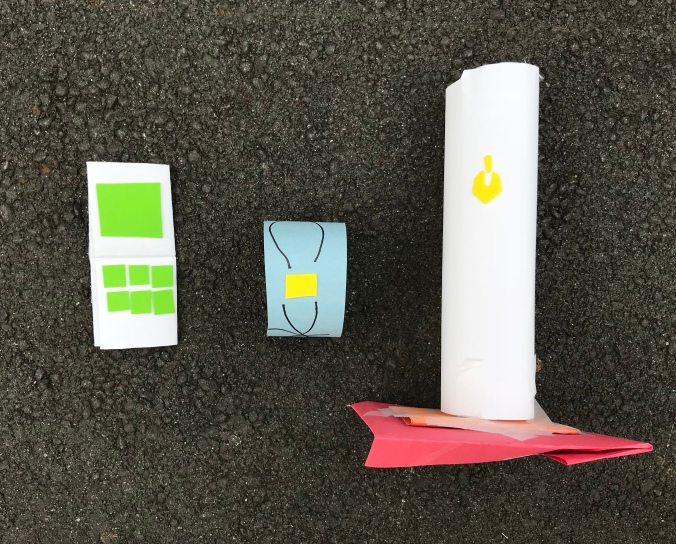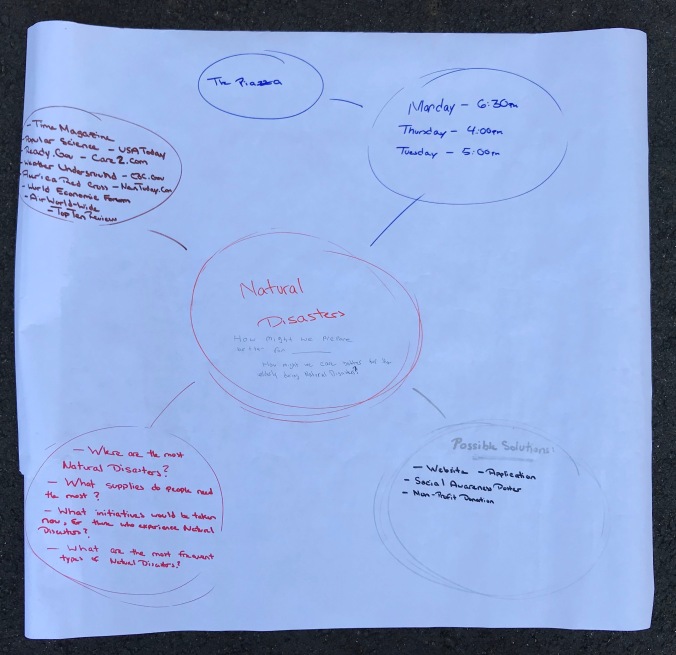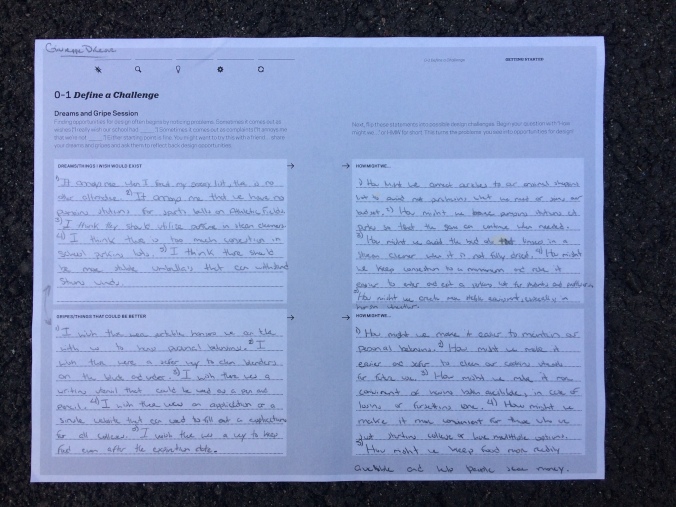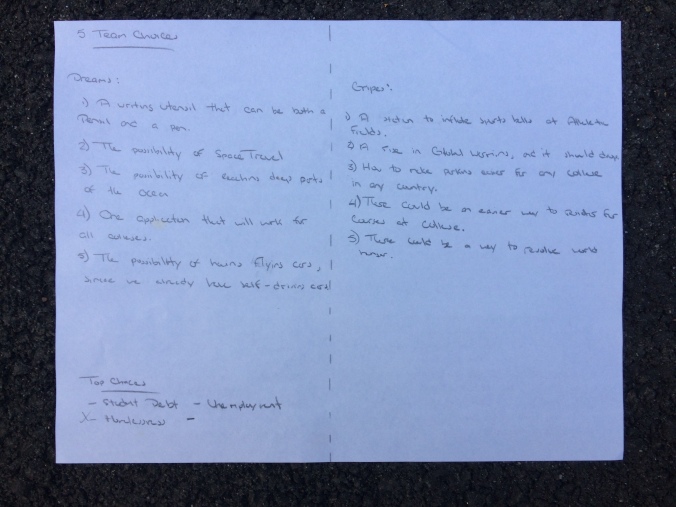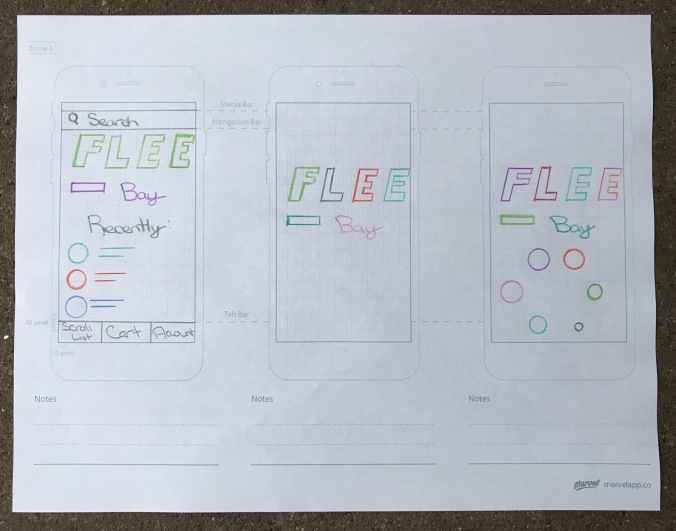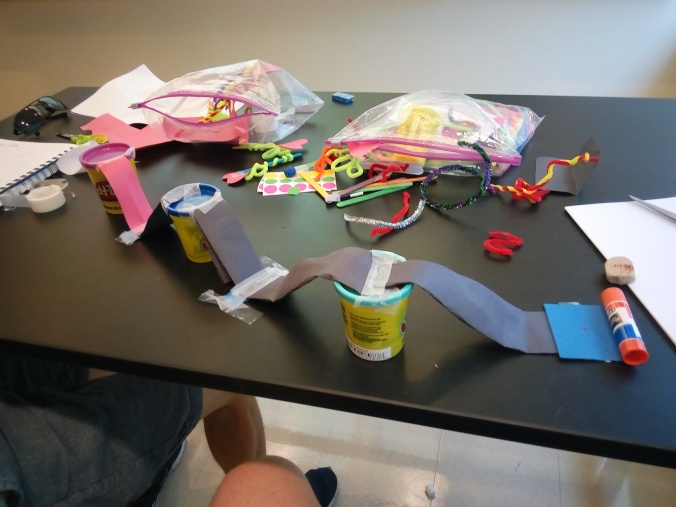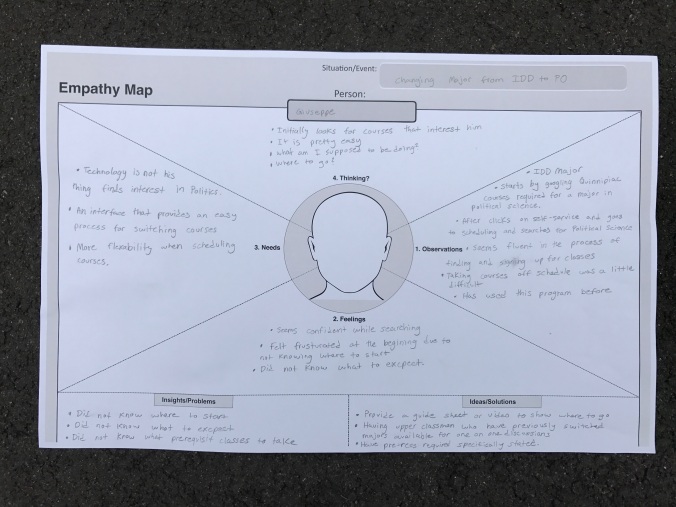
Final Week of the Design Thinking Process Project
Link to the Presentation: IDD Final Project
In the final week of the project, we finally put together every step of our process. For the final part of our project, we created a presentation showcasing every step of our process from start to finish. The presentation is 20 slides that showcase a different part of the Design Thinking Process and what we did for each step. For example, the first two slides are a title and a sub-title page, the next six slides showcase the Empathize and Defining steps, and the final three slides present our conclusion of what key insights we gained from this process, and finally a works cited page. Each slide contains a picture or graphic presentation to provide a visualization of each step in the process. Completing a PowerPoint is an effective way to give to demonstrate a timeline of our process from the early stages of thinking of topics to discover until the end where we formed a solution to the topic of interest.
In my group, my partner and I decided to divide the slides for each of us to compete equally. My slides were as follows: The second slide presenting our main question, the third slide where we list five dreams and gripes, and the fifth slide showcasing our topic of the elderly and the East Coast. Then I used the seventh slide to display a pie chart showcasing the number of fatalities fro people 65 or older in natural disasters based on recent elderly statistics. For the ninth slide, I showcased the ideas that I came up within the Ideation phase and then used the next two slides, specifically eleven and fourteen, to state why we eliminated our ideas that we gave earlier in the Prototyping and Ideation phases based on elderly needs. In slide sixteen is where I stated the most important key insight we got from the project and why it was so important to us. Lastly, in the final two slides, specifically eighteen and twenty, I stated how elderly in natural disasters is still a rising threat, and then created a works cited page showing the sources we used, thus creating the final presentation for my partner and me.
Works Cited:
Uiowa. “UI Study: Older Adults in U.S. Not Prepared for Natural Disasters.” Iowa Now, 19 Mar. 2015, now.uiowa.edu/2014/03/ui-study-older-adults-us-not-prepared-natural-disasters.
Feather, Ph.D. John. “Why Older Adults Face More Danger in Natural Disasters.” The Huffington Post, TheHuffingtonPost.com, 18 Dec. 2013, www.huffingtonpost.com/john-feather-phd/why-older-adults-face-mor_b_4461648.html.
Sylvia A. Harvey |, and 2013 March 11. “Cornell Chronicle.” Natural Disasters Are Especially Hard on Seniors, news.cornell.edu/stories/2013/03/natural-disasters-are-especially-hard-seniors.
Sollitto, Marlo, et al. “12 Tips to Prepare the Elderly for Disasters.” Elderly Disaster Preparedness: Preparing the Elderly for Natural Disasters & Emergencies – AgingCare.com, 16 Mar. 2011, www.agingcare.com/articles/elderly-disaster-emergency-preparedness-145628.htm.
